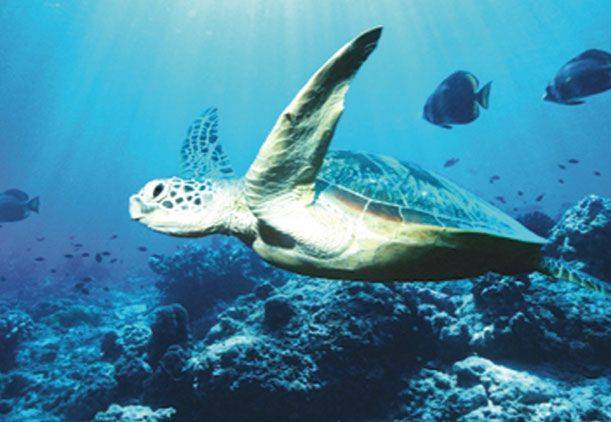By: Kara Lankford
[dropcap]I[/dropcap]n a significant step forward in restoration of the Gulf of Mexico’s natural resources, the National Fish and Wildlife Foundation (NFWF), in partnership with the five Gulf states and two federal agencies, recently announced over $100 million for restoration projects across the Gulf. A total of 22 projects will restore a number of Gulf habitats and species, ranging from coastal dunes in Texas, to oyster reefs in Alabama and shorebird nests in Mississippi.
Funding for these projects comes from the criminal settlement against Transocean and BP, which were finalized late last year. These funds must be used to remedy the harm caused to our natural resources in the Gulf due to the BP Deepwater Horizon oil disaster, and these are some of the first fine monies to be put toward restoration.
We are excited about the three restoration projects in Alabama. The D’Olive Watershed Restoration project will restore degraded streams and install management measures to reduce erosion and sedimentation. This watershed has long been a contributor to sedimentation in Mobile Bay due to runoff from development in the area, and this project will improve water quality and habitat creation in the D’Olive and Mobile bays.
The Fowl River Watershed Restoration project will restore eight acres of tidal marsh on the tip of Mon Luis Island in south Mobile County and create an additional six acres of habitat through the beneficial use of dredge material. A comprehensive watershed management plan will also be developed for the Fowl River watershed that will analyze current pollutant and sediment load reductions that could be achieved by implementing targeted management practices.
The third project funded through NFWF for Alabama is the Restoration and Enhancement of Oyster Reefs. The Alabama Department of Conservation and Natural Resources Marine Resources Division will plant 50,000 cubic yards of new cultch material and disseminate seed oysters to increase Alabama’s oyster reefs by nearly 30 percent. Aside from the tasty quality of oysters, they also benefit the environment by improving water quality, creating habitat for many species, and protecting and stabilizing the natural shoreline.
In addition to the exciting projects in Alabama, we are also very pleased about two projects in Florida that support restoration of offshore Gulf species: enhanced reef fish (think: red snapper) health assessments and turtle-friendly beach lighting. Marine restoration projects like this are part of the comprehensive approach that Ocean Conservancy advocates.
While the jury is still out on the cumulative impacts of the Deepwater Horizon oil and dispersants in the water, supporting recovery of reef fish and sea turtles is a wise investment. In particular, NFWF’s $3 million commitment to additional data collection on the fishery will aid recovery and foster improved ecosystem understanding and management.
The $1.5 million project to retrofit beachfront lights on or near important nesting habitat in the Florida Panhandle will greatly increase sea turtle survival, as artificial lighting can impair a sea turtle hatchling’s ability to reach the ocean on its own. Since Florida boasts 90 percent of all sea turtle nesting in the continental United States and sea turtles were one of the species hit hard by the oil disaster, this project is good news indeed.
Restoration is a long process and restoration in the marine environment, in particular, is a large and daunting endeavor, but it is critically important for the coastal communities that are dependent upon the beauty and bounty of the Gulf. NFWF and the Gulf states have taken an important step toward making the Gulf whole.
Kara Lankford is Ocean Conservancy’s Constituent Outreach Specialist. She’s a lifelong resident of the Alabama Gulf Coast.

